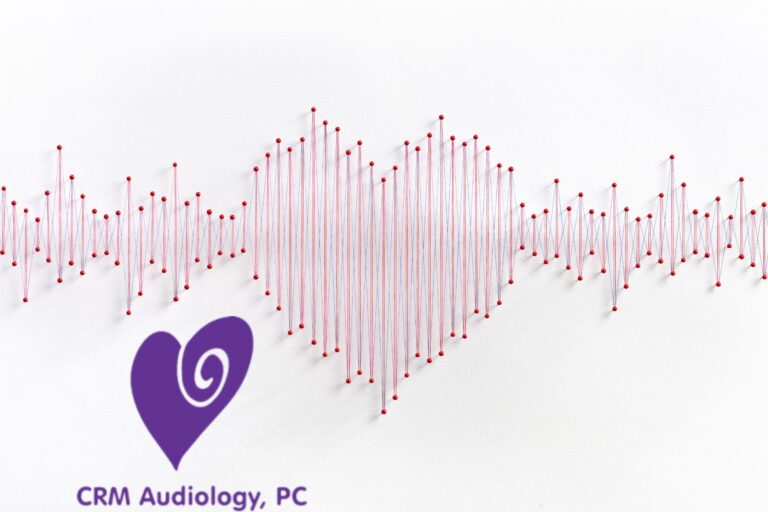The significance of hearing health cannot be overstated. It is an essential component of life that keeps us connected and engaged with the world. This brings us to the topic of sound frequencies, a key factor in hearing and understanding sounds around us. Understanding how frequencies work is crucial to maintaining our hearing health.
Understanding Sound and Frequencies
Sound emanates from vibrations that travel through the air or other mediums, reaching our ears as waves. These waves come with varying frequencies, a term reflecting the speed at which they vibrate. Higher frequencies equate to quicker vibrations. It’s these variations in frequencies that create different sounds or pitches—high frequencies sound shrill, while lower ones yield deeper tones.
The Human Ear and Frequencies
Human ears, a wonder of biological engineering, are designed to perceive these diverse frequencies. The outer ear captures sound waves, sending the vibration to the middle ear, which eventually conveys them to the inner ear, specifically to the cochlea. This spiral-shaped wonder processes these frequencies before transmitting them to the brain. Amazingly, the human ear can usually perceive a frequency range of 20 to 20,000 Hertz.
The Impact of Frequencies on Hearing Health
Unfortunately, the marvel of hearing comes with a delicate balance. Excessive exposure to high frequencies can cause damage to the ears, leading to hearing impairment. Warning signs of frequency-induced damage include ringing in the ears, sensitivity to noise, and difficulty discerning specific sounds or words. Activities such as listening to loud music or working in noisy environments can exacerbate this. Two frequency-related conditions are tinnitus and noise-induced hearing loss.
Role of Audiologists in Frequency-Related Hearing Damage
Audiologists play a critical role in identifying and addressing frequency-induced hearing damage. Using state-of-the-art tools, they can accurately diagnose your level of hearing loss and advise on suitable treatment and management solutions, such as hearing aids or therapy to manage tinnitus.
Preventive Measures for Sound Frequency Damage
Regular hearing checks and audiograms can help you monitor your hearing health. It’s also advisable to use noise-cancelling headphones and maintain safe listening standards. Also, lifestyle changes, such as minimizing exposure to exceedingly loud environments, protect you against hearing loss.
In summary, understanding the effect of various frequencies on hearing health can help you prevent frequency-related hearing damage. Being proactive about your hearing health and making regular check-ups can preempt any potential hearing issues. For comprehensive hearing assessments and tailored solutions, do not hesitate to set an appointment with us at CRM Audiology. Together, let’s embrace a future marked by quality hearing.



